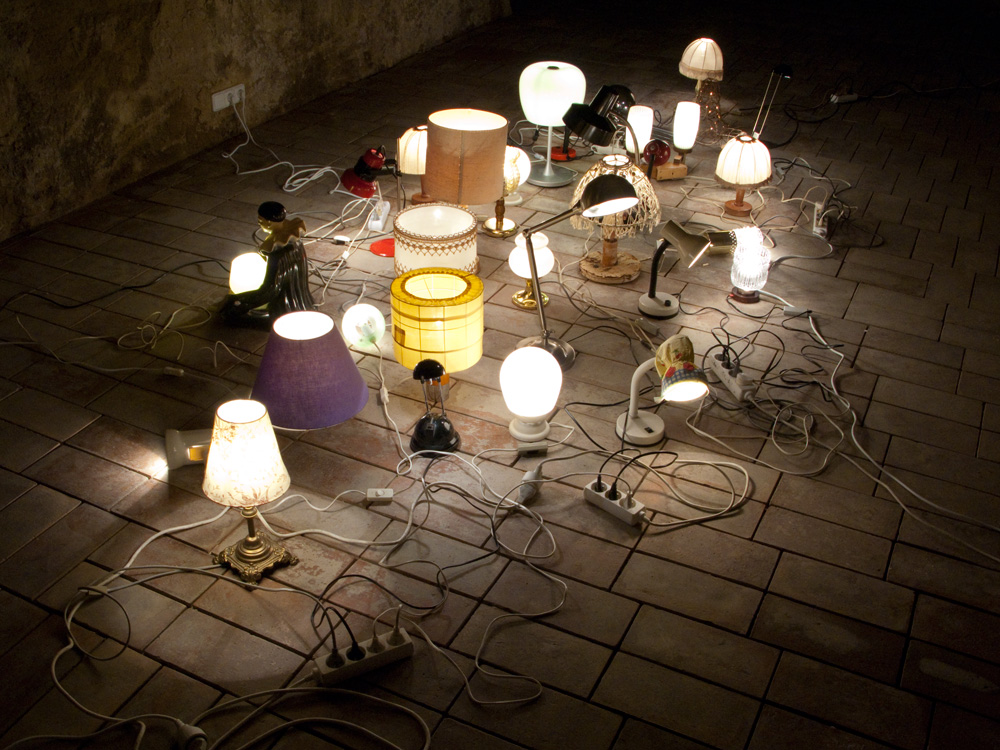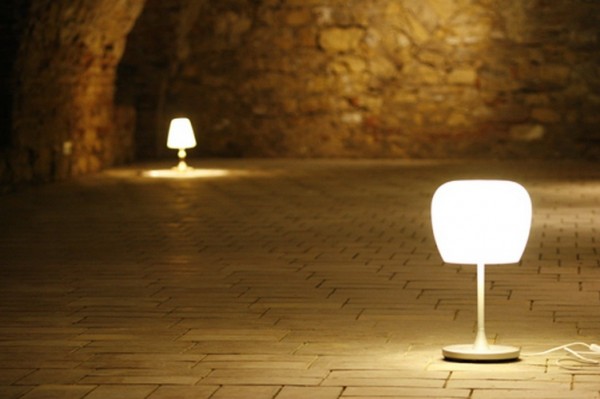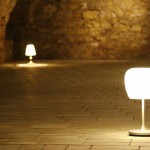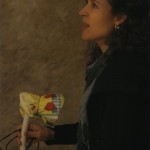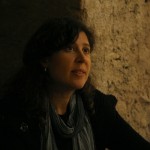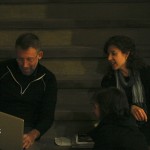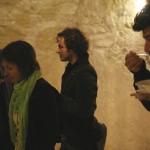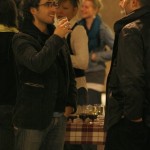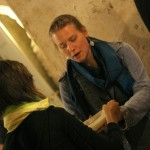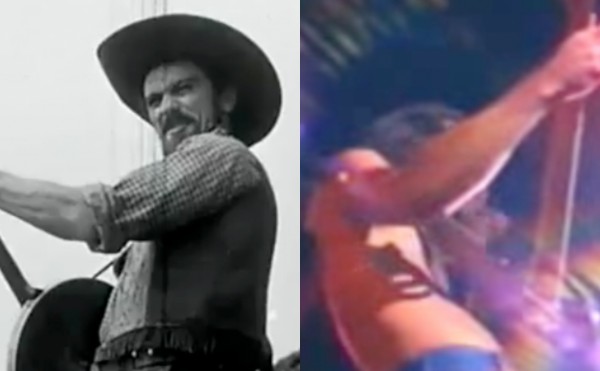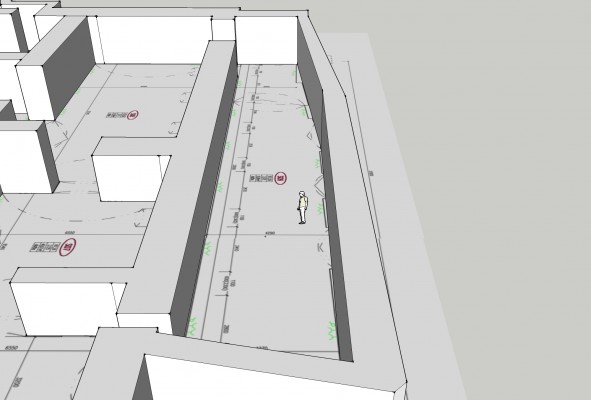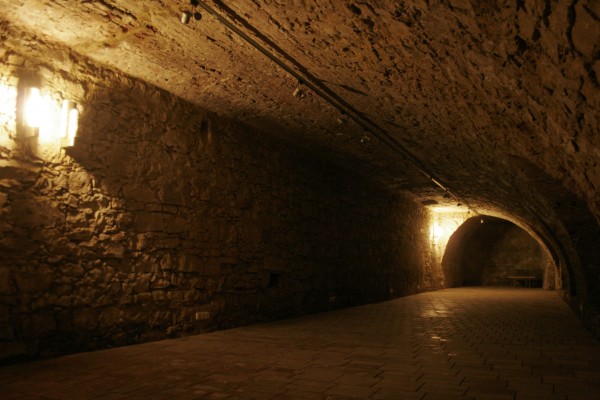I am an “attractor” for a stream of interest at a conference that is happening this weekend in Prague. There are thought-provoking presentations lined-up. Check it out if you are nearby.
Examining Networks of Power
Attractor: Owen Mundy (US)
Addressing the Future: The Tactics of Uncertainty
Attractor: Claudia Westermann (AT)
MutaMorphosis: Tribute To Uncertainty
Saturday, December 8, 2012
13:30-15:30 | Academy 2
Marc Garrett (UK) | Revisiting the Curious World of Art & Hacktivism
Diane Derr (QA) | Morphological Mapping of the Arab Spring through an Ecological Lens
Daphne Dragona (GR) The power of counterpower
Katerina Karoussos (UK) | LUMEN HILARE – The (bio)photonic emission of a church and its metabolism in human consciousness
Owen Mundy: This thread intends to examine representations of contemporary control structures and discuss whether or not an image, particularly network graphs depicting power relationships, information flows, economic activity, etc. have the ability to reverse trends of concentrated power. Does depicting power lead to greater democratization of said power or are we merely creating beautiful images that detract from their original intent—to reveal, examine, and act. To what effect does mapping complex data depicting influential actors, institutions, moments in time, finance systems, mapped onto a two-dimensional surface unravel the power they represent by distributing that power? Methodology: We’ll begin the discussion by looking at historical examples of communication that intend to affect power structures. We’ll examine works by artists and cultural practitioners such as Hans Haacke, Mark Lombardi, Josh On (theyrule.net), Bureau d’études, and more. We’ll consider Manual Castells‘ “Network Theory of Power” within these context(s). Then we’ll discuss visual components of network graphs, asking in particular; what data and
representational forms help make a graph speak to as many people as possible. Finally we’ll work in groups to extend the discussion into possible solutions and various statements and recommendations for such representations.
Claudia Westermann: More than 30 years ago, Michel de Certeau suggested that a shift in methodologies was necessary from strategies that operate on the basis of planning and prediction to tactics that operate on the basis of appropriation. Within this context, competition for the best prediction is substituted for a search for authorities that create the places that give space. This stream of interest with the title ‘Addressing the Future – The Tactics of Uncertainty’ suggests that even though Utopia has not been valued recently, it is nevertheless the actual turn towards the future – this radical uncertainty – that allows for a profound re- questioning of our methodologies. How do the sciences and the arts address the future? Can we speak to it, and in doing so, can we create openings in the present? Methodology: The main intention of this suggested stream of interest is to provide for a ‘good’ start question from which the theme of uncertainty could be addressed in a rather radical way. I am interested in viewpoints from all areas of the sciences and arts. In addition to presentations, there could be conversational panels and workshops. The latter could also be contextualized within the city of Prague. Which inclination this theme takes also depends on the other streams of interest and should be discussed.
PRAGUE | CZECH REPUBLIC | DECEMBER 6-8, 2012 | WWW.MUTAMORPHOSIS.ORG | ORGANIZED BY CIANT | WWW.CIANT.ORG


